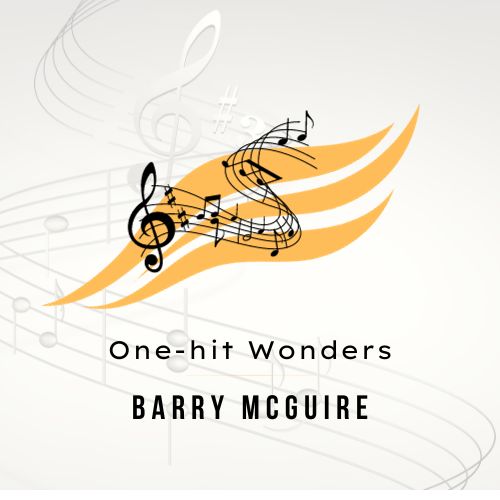Introduction
Barry McGuire is a rock and contemporary Christian singer-songwriter and musician known for his only #1 hit, the protest song “Eve of Destruction,” which is now an oldies music classic. He was a former member of the New Christy Minstrels who emerged as one of the successful figures of the folk-rock boom during the 60s music era. More on Barry McGuire here in this article!
Early life and career
Barry McGuire was born in Oklahoma City, Oklahoma on October 15, 1935. When he was two, he and his family moved to the West Coast.
As he grew older, McGuire went to support himself by doing odd jobs such as commercial fisherman and a journeyman pipefitter. He started performing music as a sideline job. In 1961 he released his first single “The Tree,” which went unnoticed.
Joining the New Christy Minstrels
Around the same time he met Barry Ken and together they formed a folk duo Barry & Barry. They had their first gigs in Pasadena before moving to West Hollywood’s The Troubadour in 1962. This was where they eventually met and joined the New Christy Minstrels, a large-ensemble folk group founded by Randy Sparks a year before.
McGuire managed to split his time as a member of Barry & Barry and a member of the New Christy Minstrels. He was appointed as the Minstrel’s new lead singer and appeared on many of the group’s albums and singles including their first hit “Green, Green.”
Solo career as a folk artist
While still being a member of the Minstrels, McGuire’s talents were discovered by record producer Lou Adler and singer-songwriter P.F Sloan. This led to McGuire’s departure from the New Christy Minstrels to launch a solo career.
In 1963 McGuire released his first album The Barry McGuire Album, but it wasn’t until about two years later that he finally scored a hit with “Eve of Destruction.” Written by Sloan, it topped the Billboard pop chart that year (it also reached #3 on the UK singles chart).
He went on to release singles such as “Upon a Painted Ocean,” “Child of Our Times,” and “Cloudy Summer Afternoon,” but none reached the level of success as “Eve of Destruction” did. The same goes for his subsequent LPs (such as This Precious Time and The World’s Last Private Citizen). But he would be remembered mostly as a one hit wonder.
McGuire also became good friends with The Mamas and the Papas, who also mentioned his own name in some of their songs.
As a gospel singer and later career
As the folk boom had died down by the 1970s, McGuire changed gears to playing gospel and Christian contemporary music (CCM). He was signed to Myrrh label and went on to release excellent CCM albums such as Seeds (1973), Lighten Up (1975), and a live album To the Bride (1982), among many others.
In the 1980s, McGuire quit making music and moved to New Zealand with his wife where they remained until the 1990s. Upon his return to the US he began making music once again, releasing more albums and teaming up with Terry Talbot, with whom he formed the duo Talbot McGuire.
In 2008 McGuire collaborated with guitarist John York (formerly of The Byrds) and together they kicked off a tour called “Trippin’ the 60s.”

